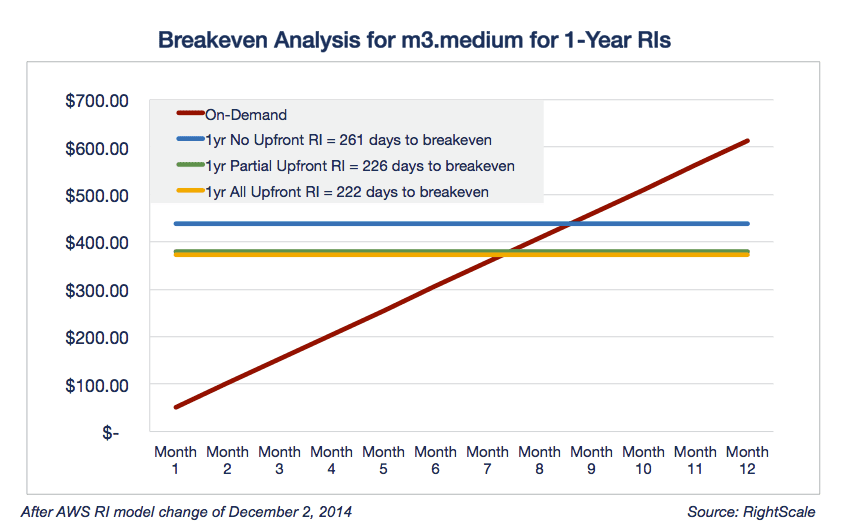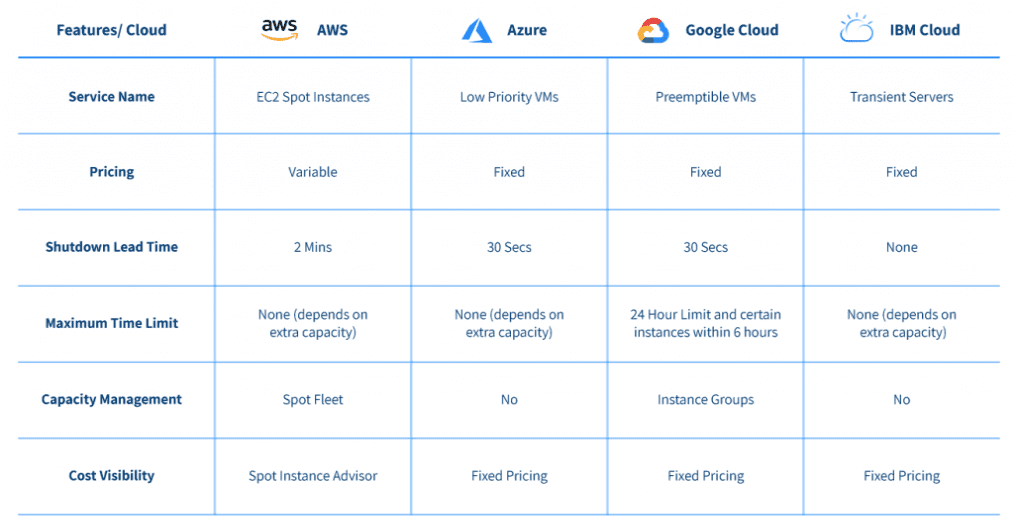
We humans love it when we use any application on one device, leave some actions unfinished, and use another device logged into the same account and continue the same thing from where we left off. And that all becomes possible due to cloud computing, which has introduced us to the omni-connected systems regardless of the device or location. Indeed, the world became small after the rise of cloud technology.
Embracing the conveniences cloud technology offers, you, as a service provider, unlock the same experience for your online service subscribers. As per one survey, as of 2022, around 94% of enterprises have been surveyed using cloud services, and among them, 67% of enterprises’ infrastructures are fully cloud-based. With this adoption rate, the global cloud computing market size was valued at $483.98 billion in 2022 and is expected to grow at a CAGR of 14.1% by 2030.
With embracing the cloud culture across your business, you do want to make sure that in order to provide convenience to your customers, you don’t want your budget to be stretched too thin!
As per the report Anodot, around 49% of businesses worldwide find it hard to control their cloud spending, and among them, around 54% claim that the primary source for it is the lack of visibility across cloud utilization.
Hence, 90% of cloud users believe that they really need to gain control over their cloud spending by adopting cloud cost optimization best practices.
This blog is all about cloud cost optimization and effectuating cloud governance across your organization. So, let’s dig into the world of effective cloud cost governance, offering better output under your budget!!!
What is Cloud Cost Optimization?
Cloud cost optimization is a process, a strategy that guides you to utilize cloud resources in an efficient manner that falls under your financial constraints. Some cloud experts also call this strategy a result of successful FinOps, cloud financial management.
In short, it is a set of cloud services’ governance best practices that enforce controls over the pay-as-you-go cloud IaaS model to achieve better financial accountability.
Why Do Your Business Need Cloud Cost Governance Best Practices?
Businesses need cloud cost optimization for various reasons, which include:
Cost-Effectiveness
Cloud cost optimization strategies can help organizations identify and adopt opportunities to make the most out of their cloud spending without compromising cloud performance effectiveness or reliability.
Scalability
Cloud services are designed to be flexible according to the change in workload demands. However, a little carelessness in cloud scaling calculation can result in wasteful spending on extra scaling up or underspending on required cloud capacity, resulting in poor performance. Cloud cost optimization is prime for businesses to right-size their cloud resources to opt for the required cloud capacity, ensuring paying for what is actually needed.
Competitive Advantage
The finances the business saves after optimizing cloud spending, they can use on other prominent business operations, like marketing and resources towards business innovation and growth, leading to competitive advantages.
Cloud Governance and Compliance
Cloud cost governance strategies are great assets for businesses to enforce cloud policies and best practices to manage cloud usage, costs, and compliances, and that, too, effectively.
Environmental Sustainability
Cloud computing services consume sufficient energy to contribute to carbon emissions. By enforcing a cloud cost optimization plan, businesses can take control over their cloud usages; and, thus, to reduce carbon footprints to build a more technology-driven yet sustainable future.
Cloud Cost Optimization Best Practices
Now, you know the pressing need to employ cloud cost optimization best practices. So, seeing your eagerness, let’s delve into the cloud cost optimization best practices to achieve better ROI:
Set Up Your Cloud Account Monitoring
Understandably, not every organization has a master cloud organization payer account. As you’ve realized about your cloud overspending, it’s the right time to set up the same. Once you start creating new member accounts, make sure that its utilized cost is reflected in a master account. It will help you establish a first source of visibility to track cloud costs.
The next is to catch the context. For the AWS cloud platform, you can get the context with real-time analytics from sources like CloudWatch, CloudTrail, and VPC flow logs. For the GCP, you can get the same from Cloud Operation Suite; for Azure, from Azure Monitor, Azure Search, and Azure virtual network (VNet). This will help the Finance team to track the billing details in real-time.
At last, track the cost history to review and report past spending and create the context to track cloud cost anomalies to stop spending on such and cut the expenditure.
Plan Your Cloud Budget and Escalations Aligned to Your Business Objectives
Budget planning plays an essential role in the cloud cost-controlling strategy, which ensures that everyone utilizing the cloud knows the cloud spending threshold. To make it practical, the team of engineers must have a conversation with finance executives and product leaders to know about the spending details.
As the cloud offers a pay-as-you-go service model, it is essential to keep track of the cloud resource spending, keeping the budget in mind along with the threshold you can increase above the maximum to meet your business objectives.
Right-Size Cloud Compute Resources
Many cloud adopters often sign up for cloud computing services and instances that often over-provision or under-provision its capability. So, when planning to right-size the cloud resources, always ensure that you don’t miss out on any over-provisioned or under-provisioned resources, leading to unnecessary expenditure.
So, how will you do it? Of course, by analyzing and understanding the cloud resource requirements for the workload, closely monitoring the cloud utilization, regularly reviewing and refining cloud resource allocation, and many other ways to right-size cloud computing services.
Make A Use of Reserved Instances
Reserving instances are the ones that you reserve for a period of one or three years at a discounted price. Even most cloud providers offer a discount on cloud suites of up to 75% when paying upfront for the resources. But when planning to buy reserved resources, ensure to check your whole cloud utilization history and then make a decision accordingly.
Speaking of which, AWS offers saving plans for reserved resources that offer quite near discounts but with flexible usages. See the below image for a better idea:

Spot Instances
Spot instances can be availed for last-minute purchases rather than reserving instances. Here, the cloud service provider will arrange an auction for the leftover resources, where the platform will sell those at a lowered price. However, you need to check the usability criteria of these resources as they are sold at a lower price in the end times when about to expire, which makes them unreliable.
So, when can be the right option to go for the spot instances? Of course, when you have to utilize them for batch jobs, which you can end immediately. See the below-added chart to check spot instances offered by top cloud services providers with shutdown time and maximum time it is enabled to run.

Implement Auto Scaling
Autoscaling is an efficient way to monitor your cloud utilization and enforce governance as per the set criteria to ensure steady performance. It saves finances along with time and human resources and efforts needed, especially when traffic rises in real-time by changing active servers.
However, totally relying on such automation is also not advisable. So, what you can do is manually monitor the cloud utilization in certain intervals, like once or twice a week, for better monitoring and reliable cloud utilization. Here, real-time cloud monitoring tools help you keep track of your cloud utilization and manage the cash flow according to your planned budget.
Heat Maps to Understand Cloud System Utilization
Heat maps are great ways to know cloud resource utilization patterns and identify areas where cloud cost optimization practices can be enforced. It focuses on the geographical representation of data with different shades of colors to indicate the relative values, especially in the context of cloud cost governance, through aspects like resource utilization, data transfer, and app performance.
With the tracking of your cloud computing resources’ utilization, it helps you estimate what time any of your computing services could shut down with a calculated time. The best thing about it is that it doesn’t even disrupt any of your currently running cloud computing services.
You can even plan out and schedule your computing resources to run according to time when needed, eliminating extra spending and resulting in cloud utilization cost-cutting. For instance, heat maps will guide you; on whether you can securely shut down the cloud servers on your selected day and time or not!
So, that was all about cloud cost optimization and best practices to make essential use of your cloud resources without any lack of app performance.
Now, What’s Next?
The cloud cost optimization process is not something that is once done, then you don’t need to look back; it is an ongoing process that requires continuous efforts. And this is more than just a responsibility, which by reading this guide will definitely turn out fruitful for you.
So, now what you need to do is to analyze your current cloud utilization patterns and think whether you have a well-defined cloud operating model or not. Is your organization enabled with FinOps or Cloud Center of Excellence?
No? Then it’s the right time to find the right cloud solutions providers to make your organization embrace the FinOps culture.
Author Bio
Mehul Rajput is the CEO of MindInventory, a leading custom software development company that provides bespoke web and mobile app solutions, from startup to enterprise-level company. He is responsible for heading the operations related to business and delivery with strategic planning and defining the roadmap for the future, leveraging his extensive industry expertise.
